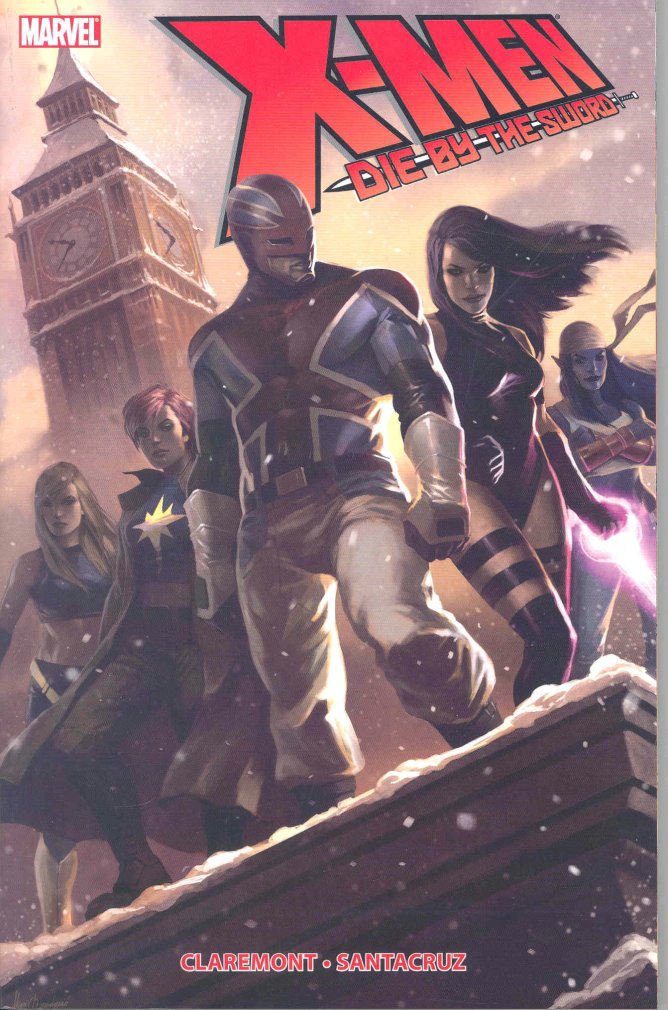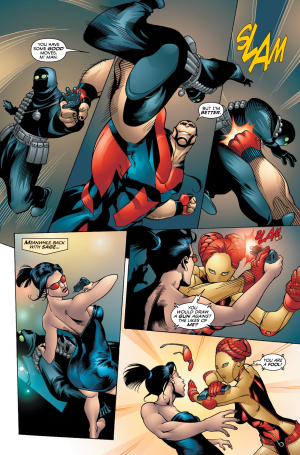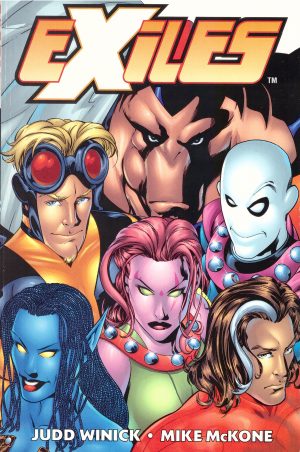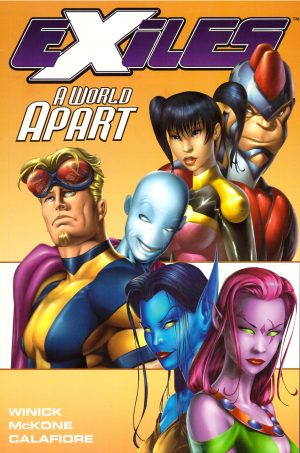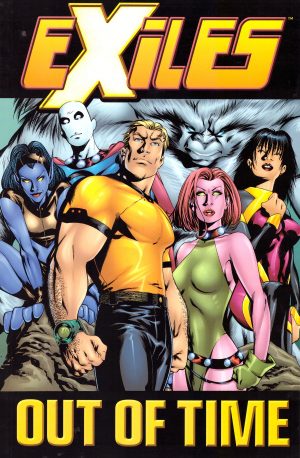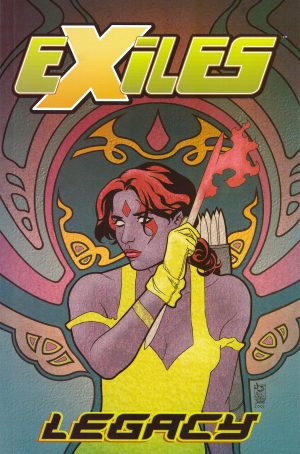Review by Ian Keogh
Although titled as an X-Men project, this is in fact a crossover between two titles Chris Claremont was writing in 2007, Excalibur and Exiles. So why deceive readers?
Excalibur are a mutant team based in the UK, while the slots in Exiles are filled by the super powered of alternate Earths, so while the names and looks might be familiar, not all the personalities are. Among the few who are is Betsy Braddock, Psylocke, sister of Excalibur’s Captain Britain, Brian Braddock, who believes her dead. What becomes a mutual problem is the reality warping James Jaspers, but Claremont dives deep back into the history of Captain Britain employing characters he created in the 1970s, greater used by Alan Moore when writing Captain Britain in the 1980s, and unless you’re familiar with them you’re going to find things very hard going at the start.
It’s noticeable that Claremont’s 20th century writing style has been pared back by 2007. A few thought balloons occur, but narrative captions are minimal rather than long-winded, and the emoting has been transferred to physical action. While beyond Claremont’s control, there’s no subtlety to Juan Santacruz’s art, so hedonism is the order of the day as the cast, Psylocke in particular, can barely be contained by their clothing. Elsewhere Santacruz puts the effort in when dozens of people are required for a scene, and with the constantly transforming Jaspers.
Jaspers is intended as a strength, yet his comedy madness and shape morphing become irritating. He’s further hampered by supposedly operating on a universe altering scale, yet lacking in any kind of vision. As he seems to be able to do anything, why does he bother creating an army to assault a fortress instead of wishing it out of existence? Other problems include too many characters, meaning most are just standing around most of the time, and no real effort made to explain why any of what’s being shown matters. Perhaps readers of Excalibur and Exiles at the time will make more sense of Die by the Sword, but new readers who want explanations are shortchanged.
All in all, very disappointing.
